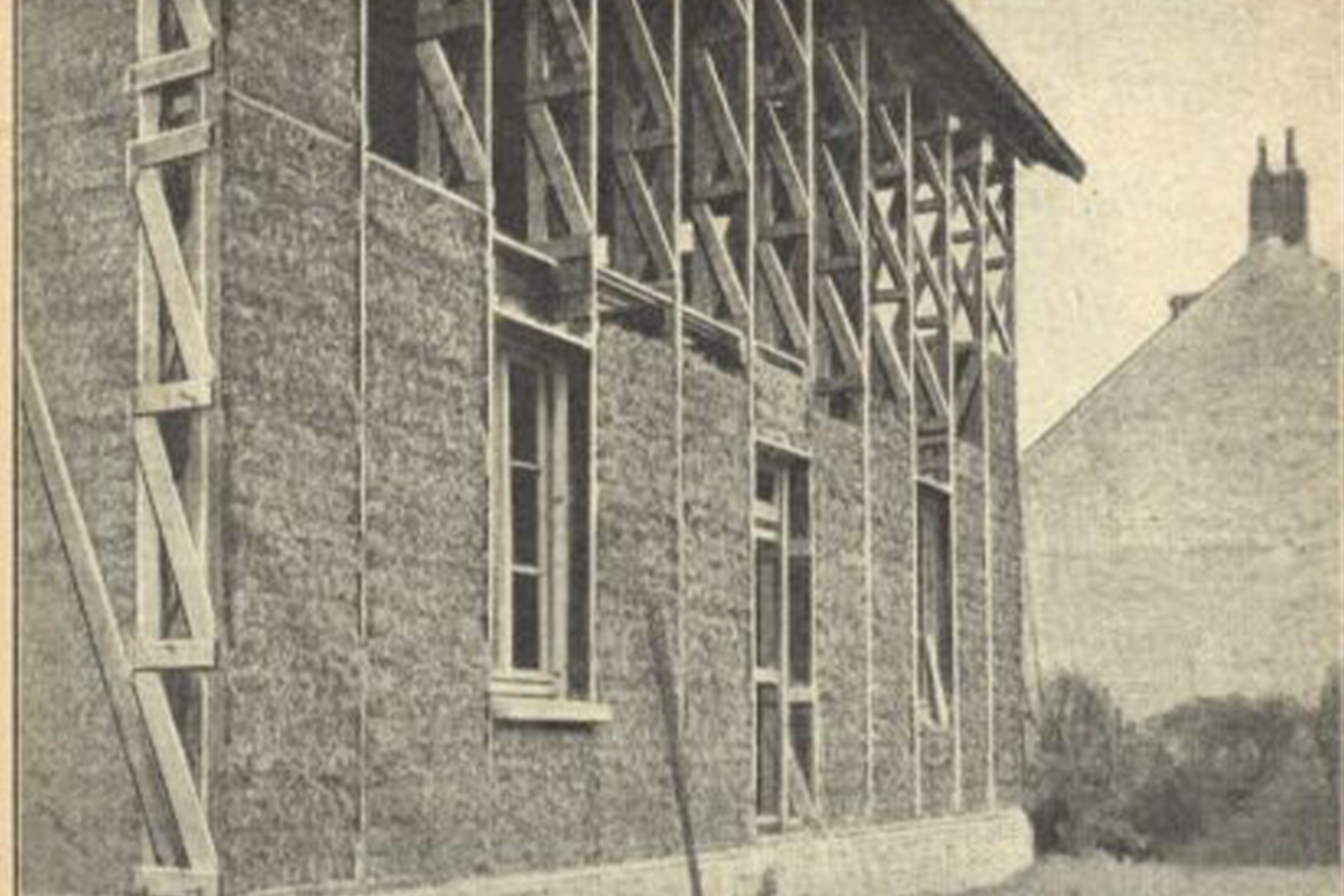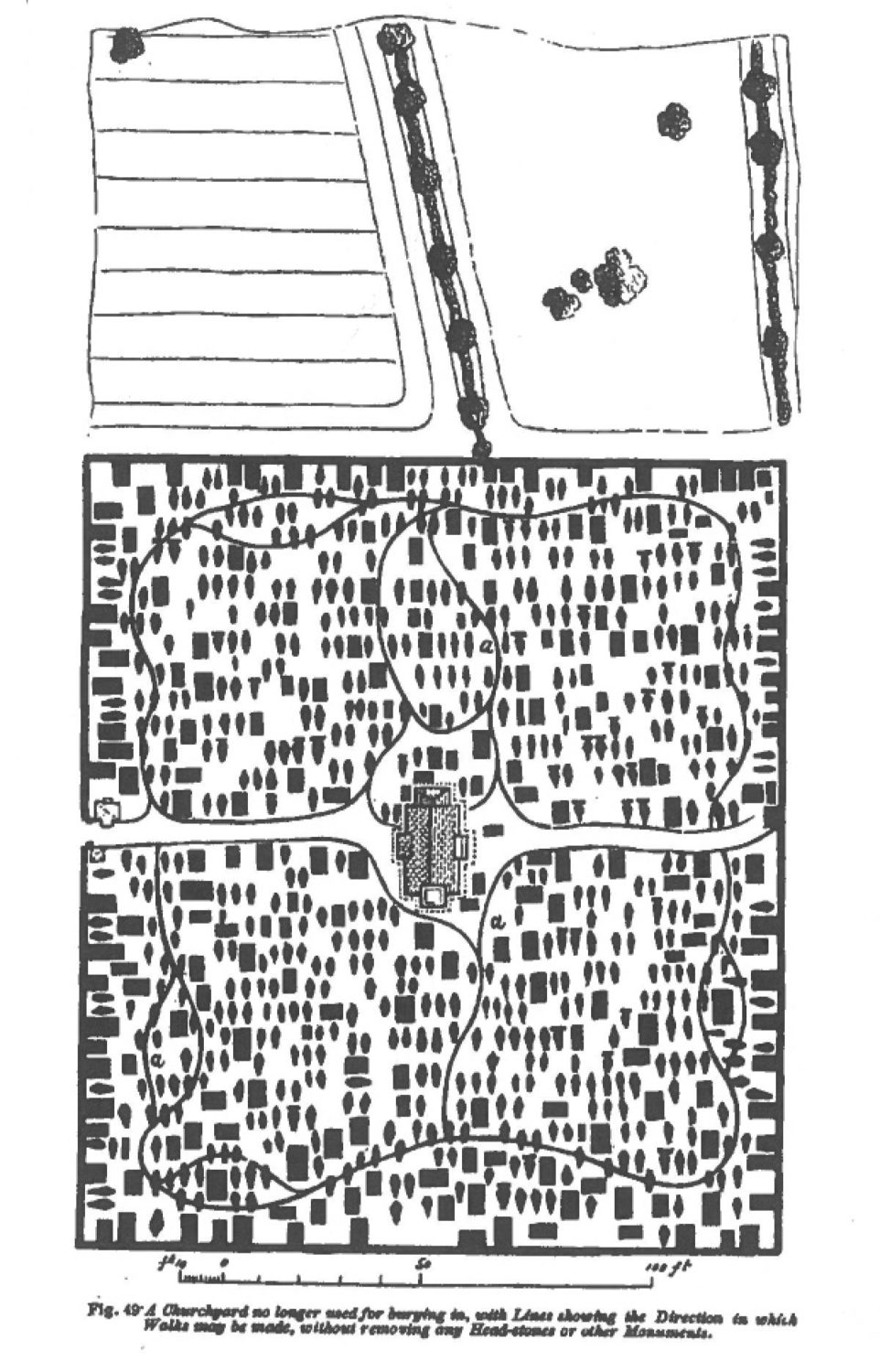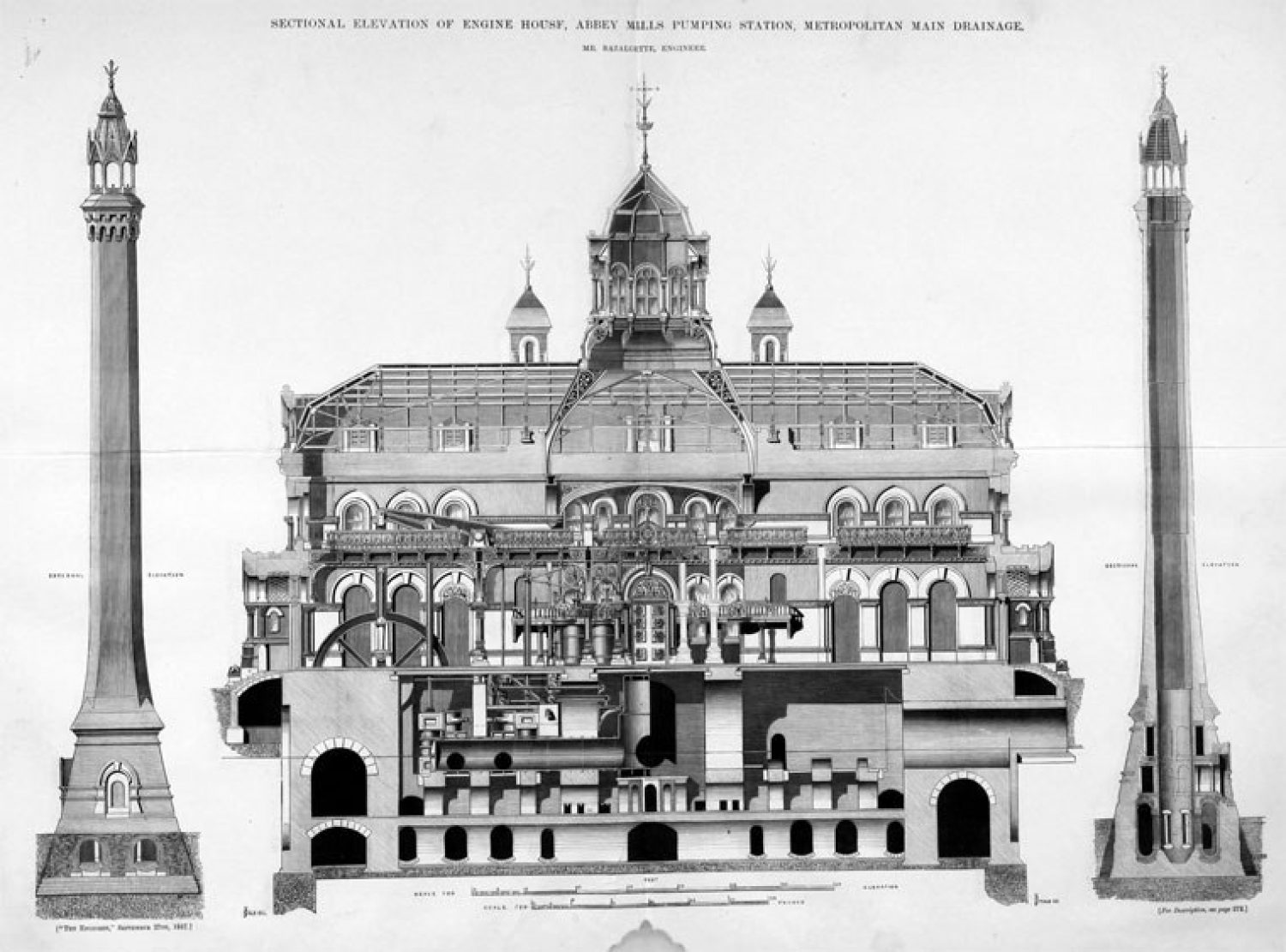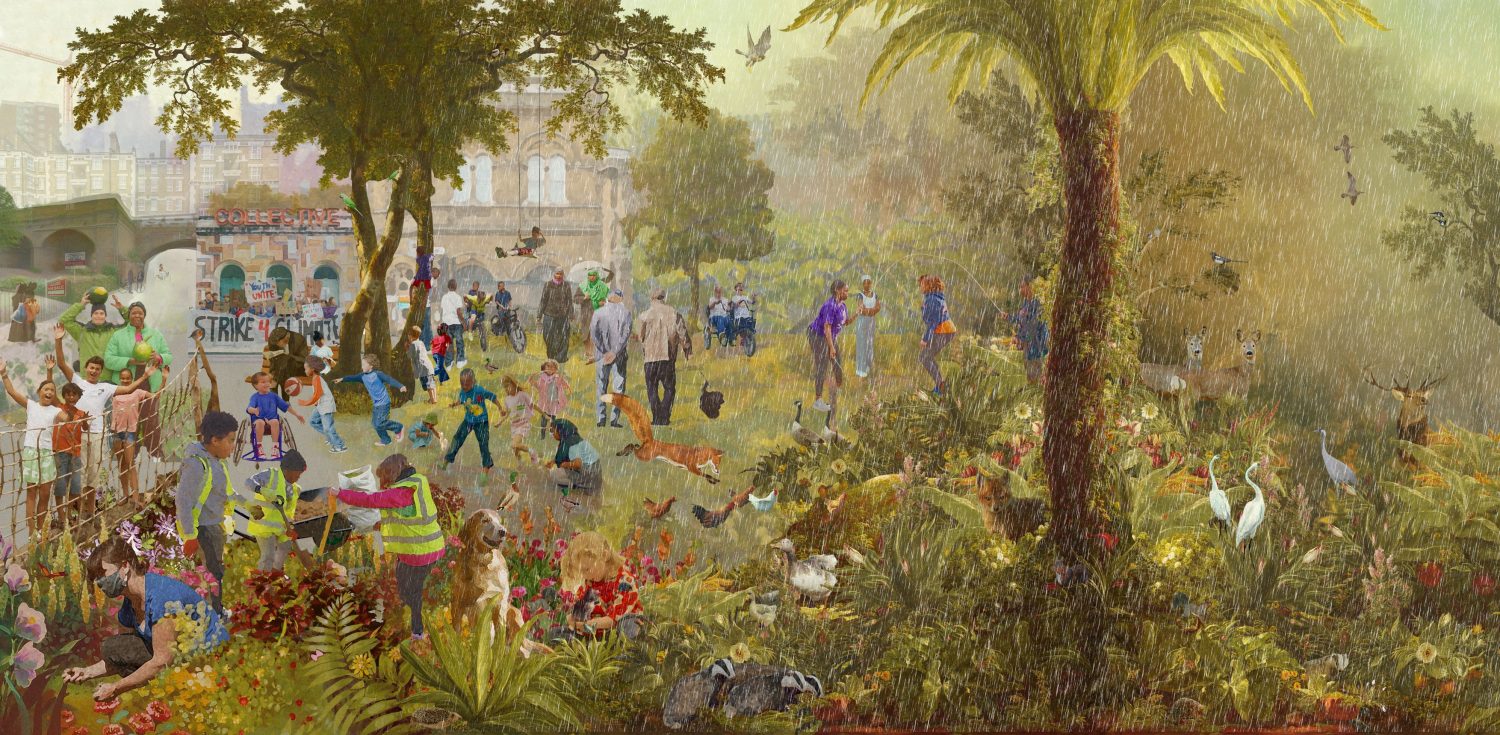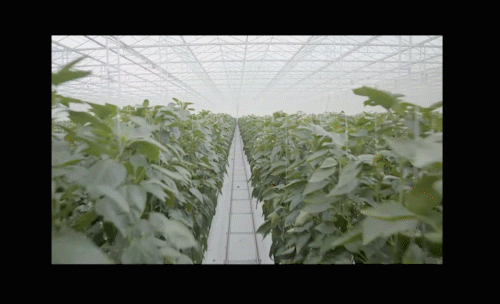Dense and Green
As the global population increases, demand for living and working space increases. Cities spread: building higher: building further. But demand for more greenspace within our cities also increases.
Can our cities become both denser and greener?
Can one help rather than hinder the other?
This is one of the great challenges we as urban designers face today.
Perhaps counterintuitively, increased densification can in fact be used as a tool for increasing the greenness of our cities:
1. A denser grey = a brighter green
Intensification means that every centimetre is precious and must work hard, be it built or grown. By intensifying built areas and building upwards rather than outwards, we can release ground floor area to create greenspaces that are large, meaningful and interconnected, as opposed to small, incidental and detached. Through focusing on connectivity, their combined social and ecological value can have a reach far greater than the sum of their relative square meters.
2. Greater diversity = greater togetherness
Despite their good intention, the large parks in 50s and 60s London often failed due to a lack of maintenance, surveillance and security. There were simply not enough people to keep them alive, and parks became dangerous places to walk through at night. A good park works symbiotically with its community, supporting a multitude of simultaneous activities, uses and user groups across many demographics. The more people per park, the more 'together' we become, despite our differences.
3. More publicity = more parks
Even though London has become increasingly built up over the last few decades, it's greenspaces have also become increasingly better used, maintained and cared for. This is a fairly recent shift in it's evolution, a result of de-industrialisation, urbanisation and gentrification. In particular the link between mental health, physical well-being and access to nature is surprisingly recent. Over the last few years, there has been an exponential rise in the news and mainstream literature discussing the psychological and social benefits of greenspaces, at a time when we have needed them the most. With this publicity comes increased pressure for more and better park provision.
Compared to the metropolises of New York and Paris, the plan of London is already remarkably green. By further densifying our capital, can we make it greener still? Our research into the green value of London, Paris and New York forms part of our Autumn 2020 Research Publication: Green for Victory.
Urban contemplations from a conversation with Dan Epstein, Sustainability Champion at Useful Simple, via Zoom 27.07.20

Greater London:
1,597 sq. km
8.7 million people
Central London:
129 sq. km
1.5 million people

New York City:
786 sq. km
8.5 million people
Manhattan, Bronx:
168 sq. km
3.1 million people

Greater Paris:
12,012 sq. km
11.9 million people
Central Paris:
105 sq. km
2.2 million people
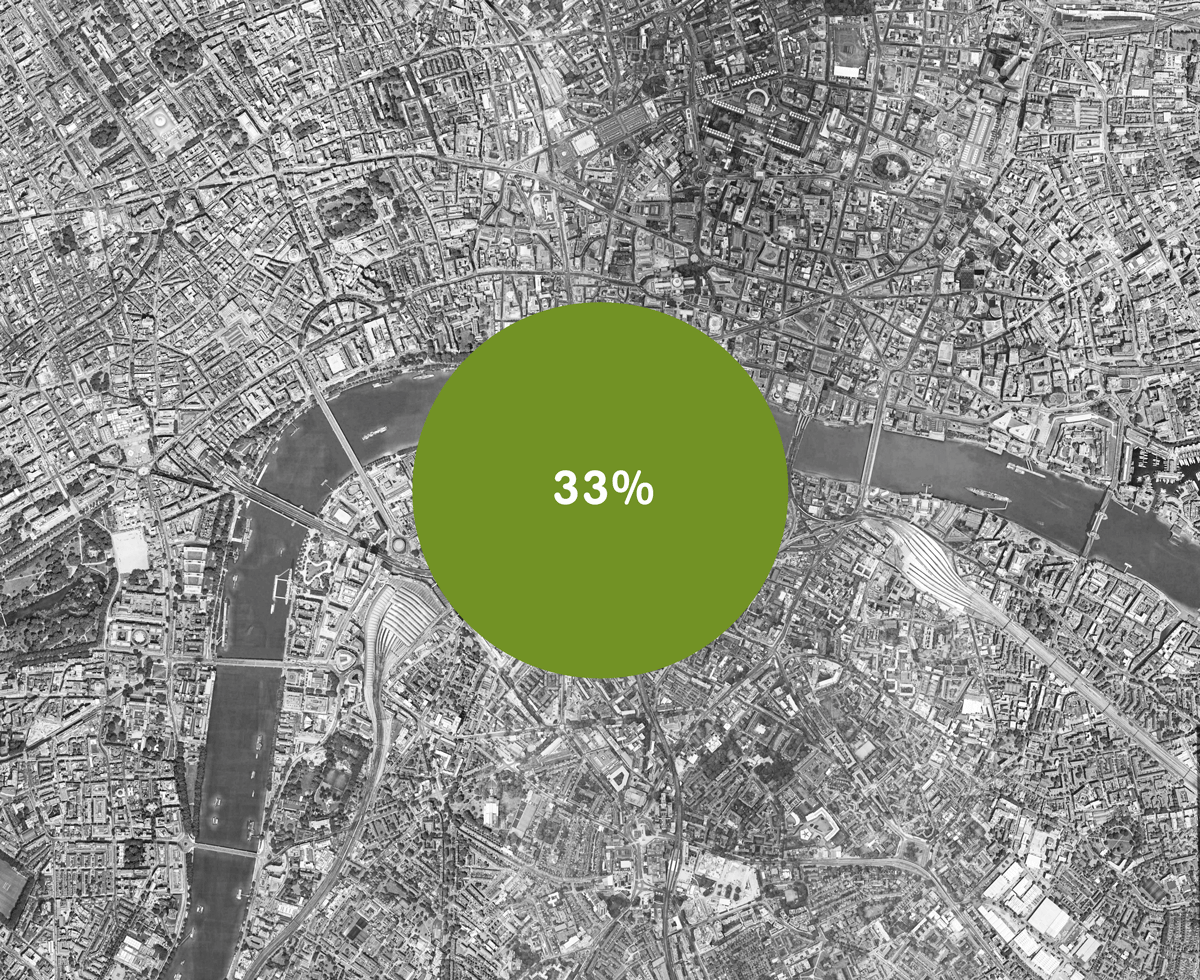
Percentage of public greenspace:
London 33%
New York 27%
Paris 9.5%
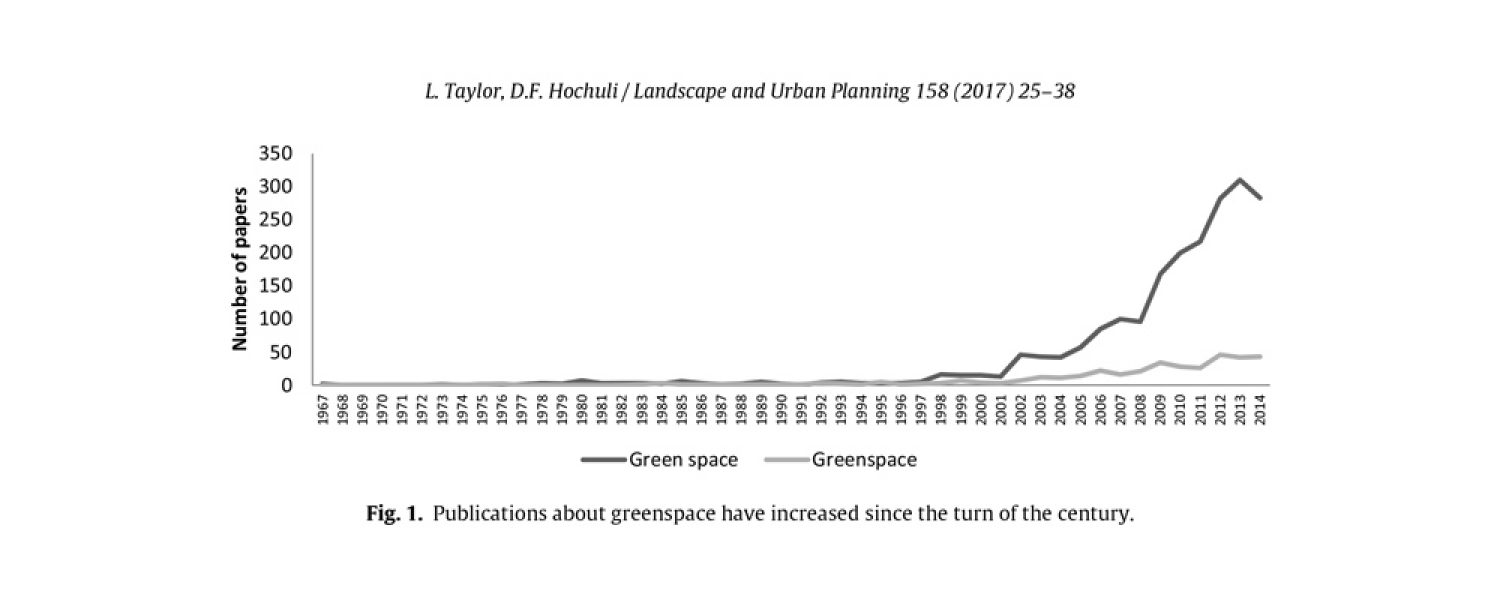
In the space of twelve years, the number of publications about greenspace has increased by twelve times
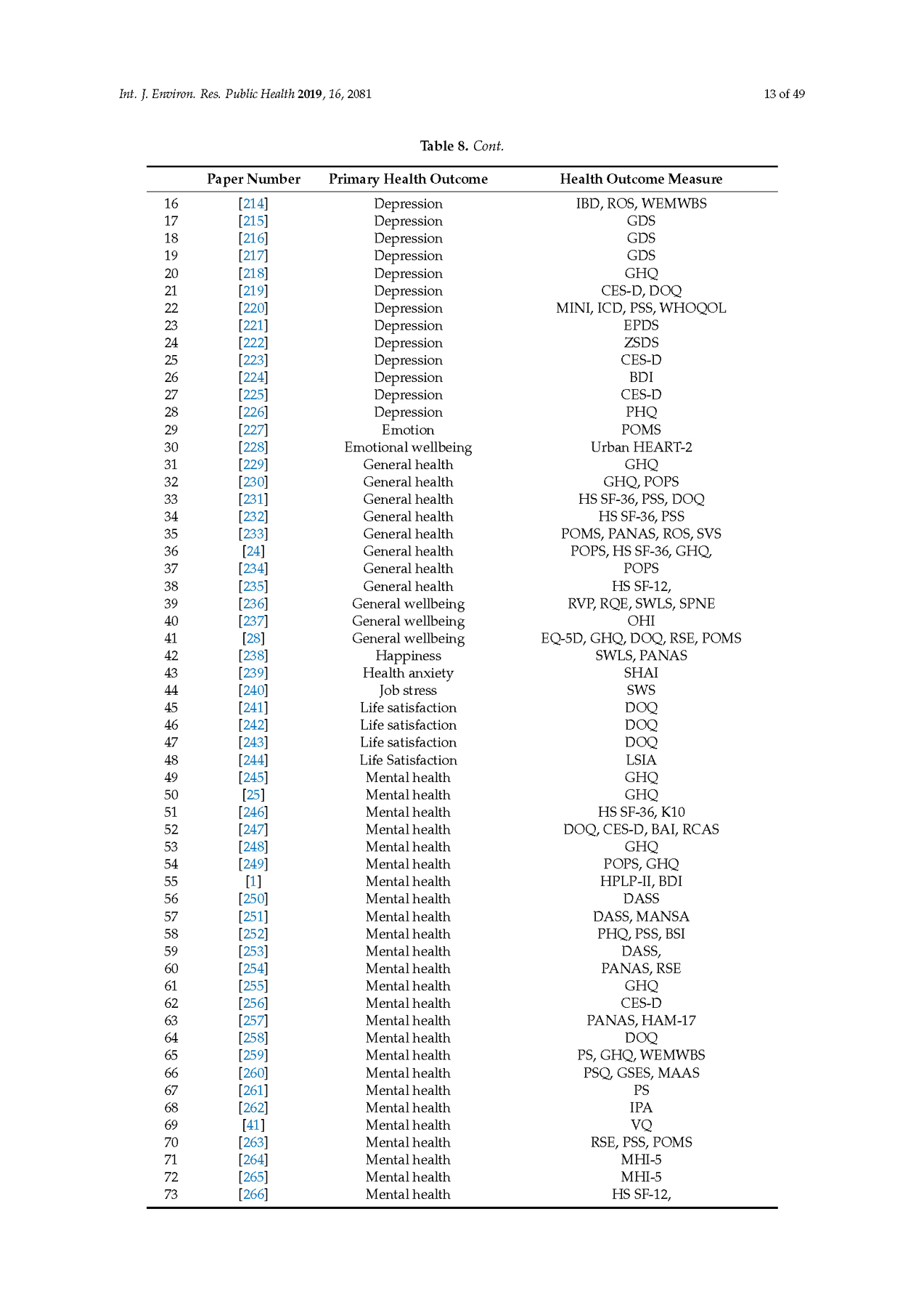
Mapping literature on greenspace and the number of times it is mentioned in association with mental health and well-being.
A Scoping Review Mapping Research on Green Space and Associated Mental Health Benefits, 2019
